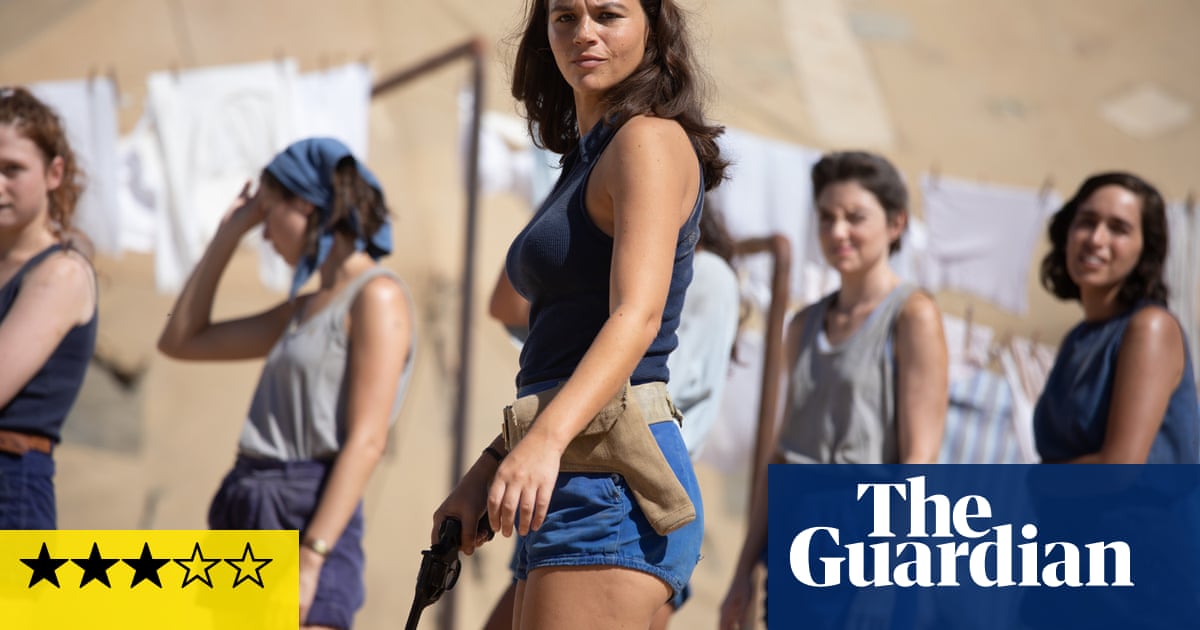
Image of Victory review – study of Arab-Israeli conflict from all angles hopes to heal
‘A story can be a weapon,” a character says with metatextual significance at one point in this historical, fact-based drama about the early days of the Arab-Israeli conflict, set in 1948. But Israeli director Avi Nesher seems to be also hoping that this story will be something more like a surgical suture, helping to heal a situation that’s one big mass of psychic wounds left by highly weaponised narratives about the past. It’s an idealistic if laudable goal, and Image of Victory sets out to heal by telling its story from many different sides.
Nesher’s polyphonic strategy channels the voices of various Jewish characters living at the Nitzanim kibbutz near the Gaza Strip. Some of them are fervent Zionists, some traumatised Holocaust survivors, and some are more interested in the socialist, communal aspects of kibbutz life. This latter includes proto-feminist heroine Mira (Joy Rieger) who is up for a bit of free love (much to the chagrin of her nebbishy husband) and willing to fight in combat alongside the men. Crucially, however, Nesher gives near equal time to Egyptian characters, especially young journalist Hassanin (charismatic Amir Khoury) who sees being hired to shoot newsreel footage of the conflict as his ticket to becoming a film-maker. Other Egyptian characters are more motivated by revenge for the displaced Palestinian tenant farmers, and some just want to be involved in the adventure of a newly born war with little understanding of how ugly and violent it will soon get.
A film that tries to empathise with everybody runs the risk of pleasing no one, and no doubt there will be viewers enraged by this or that detail or unspoken perspective, but the ambition is nevertheless pretty impressive and on the whole well executed. As a large ensemble drama, it is resolutely entertaining, especially in the scenes where the kibbutz men and women banter and tease each other. The orchestral score also has a lovely swell and sweep to it, reminiscent at times of Ennio Morricone’s compositions for Once Upon a Time in America.














